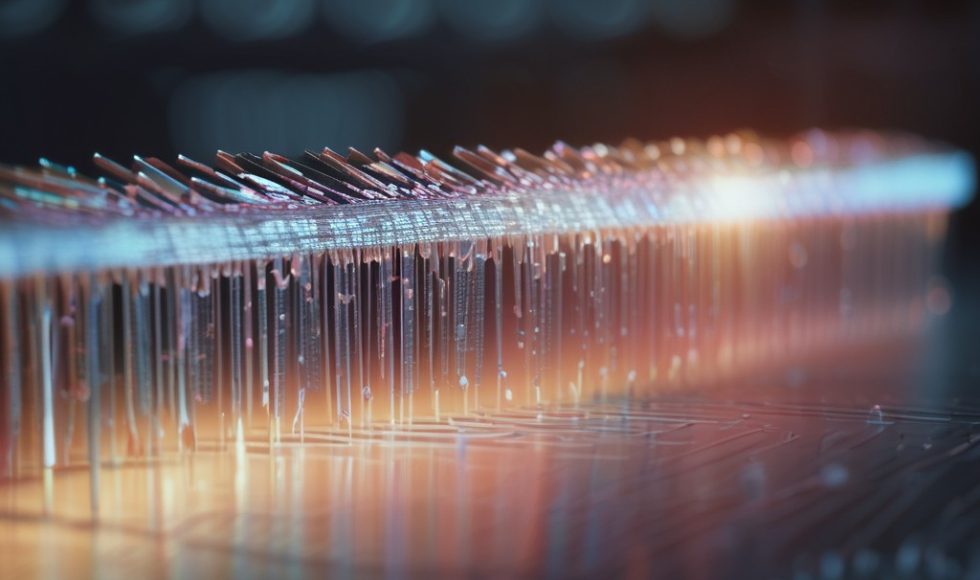Sneha Geonka from Stanford University & Princeton presented on “Computational paradigm for scalable ultra-fast, & cost-efficient nanopore sequencing.” Goenka shared a graph showing the turnaround time for sequencing in the clinic. The world record is 7.3 hours at Stanford! To shorten the time to diagnosis, the pipeline included distributed computing and a lot of GPUs: 64 GPUs in 2021. Access to GPUs in the cloud now competes with GenAI. Goenka explained that the problem is not getting access to GPU. Goenka shared a table showing the number of older GPUs needed and the availability of other GPU systems. Using both local and cloud GPUs, the average startup time for instances was reduced from one hour to five minutes… but the average cost increased by 20%. Last year, Goenka shared the NanoRay platform for autoscaling resources and continuous polling to find the best resources. NanoRay now includes variant calling and performs a cost-benefit calculation to determine the resources. This session highlighted the need for hardware and computing resources and limited access, even for Stanford! Today, we were trying to analyze data on the GridION and run five flow cells simultaneously. The computer was struggling. It made me think about cloud resources!



